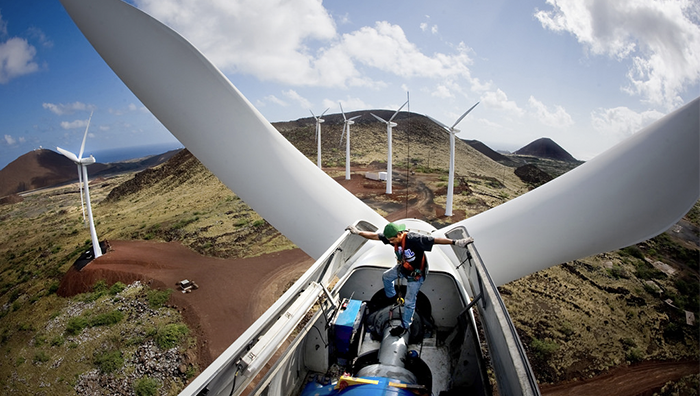Opportunities for a low pollution economic recovery in Brazil
This paper is part of a series of briefing papers that examine the climate change policies of the countries key to the Paris Agreement and its effective and ongoing implementation.
Executive Summary
With Brazil struggling to revive its stagnant economy, there are opportunities to do so in a low pollution manner. Taking the low pollution path out of recession will cost less, can potentially reap large economic benefits, and carries benefits for health, social welfare, indigenous people and the environment.
This briefing paper argues that the low pollution development pathway—which involves scaling up wind power, forest conservation policies, and modernising urban public transport networks—can act as an accelerator, rather than a brake, on economic growth and social inclusion in Brazil.
Key Findings:
The Government of Brazil is in the unique position to demonstrate to the world that it is possible for a country to recover from of an economic crisis by adopting low pollution policies. A low pollution economic recovery can be achieved by:
- Scaling up wind power capacity and other renewable sources of energy, rather than expanding thermal or large hydroelectric projects
- Protecting forests and using land more efficiently, rather than expanding agricultural enterprises into rainforest and savannah regions
- Modernising urban public transport networks, rather than expanding road systems, which will be quickly appropriated by automobiles, requiring more oil and ethanol.
In sum, the rapid roll out of a policy program that allows low pollution infrastructure and enterprises to flourish may help propel Brazil back into a position of economic health; as well as deliver strong social (poverty alleviation), economic (job creation and wage growth), and environmental (reduced greenhouse gas [GHG] emissions) dividends for Brazil. This pathway will also help Brazil meet its Nationally Determined Commitment to the Paris Agreement to reduce GHG emissions by 37% below 2005 levels by 2025, which will help tackle global climate change.
Authors
Carlos Eduardo F. Young
